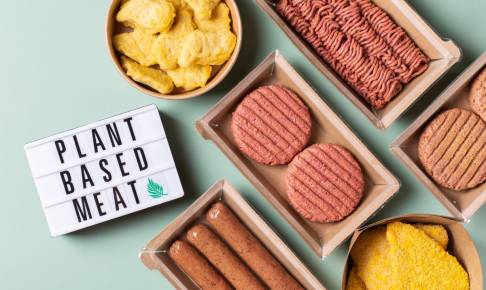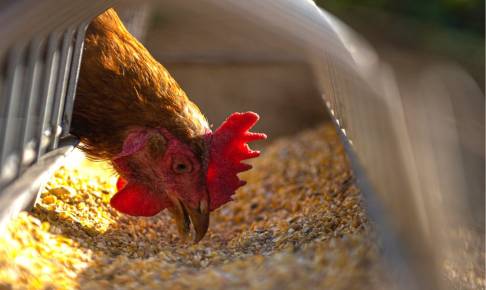Pistachios from Iran: are aflatoxins still a big issue?
One of the most expensive nuts is sometimes contaminated by aflatoxin at levels above EU regulatory limits. Here we try to understand to what extent the dramatic decrease in Iranian pistachio border rejections has been due to the change in regulatory limits.
The origin of the word pistachio comes from the Persian word pesteh. Iran has the largest number of pistachio tree cultivars in the world and, thus, the largest number of pistachio varieties. Over the last 50 years, US-grown pistachios that are actually grown from Iranian cultivars have increased their world market share but it is well-known that the Iranian pistachios are better for several reasons. The kernel to shell ratio is higher (more “meat” for the same weight), the roastability is better (Iranian pistachios can be roasted at higher temperatures), and they have a larger selection of flavors.
The global pistachio trade had a total value of USD 3.19 billion in 2018 (OEC web site). Of this, USD 1.37 billion are imported into the EU. Up until 2004-2005, over 60% of global pistachio exports came from Iran but in the last 25 years Iran’s market share dropped to about 40%. This change was primarily due to the increase in US production.
In 2019-2020, global pistachio production volume was 655 200 tons (Statista web site). Market studies forecast that this volume will continue to grow in the next years and that the economic value of this commodity will also grow.
Unfortunately, this delicious fruit has a problem. As with many other nuts, pistachios can be attacked by microscopic fungi that may produce aflatoxins. The concentration of the toxin in pistachio kernels can be very high, such that the average value in a sample can be as high as 100 ?g/kg (ppb) or higher. Pistachios are considered a significant source of human exposure to aflatoxin B1, from 7% to 45% of the total burden (WHO 2007). In the absence of appropriate controls, pistachios can be dangerous for consumers because of this potential contamination. The Codex Alimentarius established a maximum limit (ML) of 15 ppb for total aflatoxins in pistachios. The total aflatoxin regulatory limits are now between 5 ppb and 50 ppb, depending on the country.
Chemical contamination of food can disrupt the commodity business in two ways. The first way is direct and immediate when authorities order a recall, block an import, or make a border rejection. The second way is indirect and “diluted in time”; if the consumers are aware of the risk, they may stop or reduce purchasing the product for a period of time. However, the main threat to the pistachio business for many years has been border rejections.
The EU established the ML for aflatoxins in food for the first time in 1998 (Commission Regulation (EC) No 1525/98) though some member states already had their own regulations. The ML was set at 2 ppb for aflatoxin B1 and 4 ppb for total aflatoxins. The first time that aflatoxin contamination created a serious case in an Iranian pistachio import to the EU was in 1997 when a consignments were higly contaminated and the EU imposed a ban. In December 1997, the EU Commission decided to allow Iran to export to the EU but asked all member states to control, or inspect, each consignment.
Pistachio sales were much lower throughout 1998. In 2002, UK border control found that 10% of pistachio consignments where noncompliant and asked for a new EU ban on imported Iranian pistachios.
Between
Download content now





















